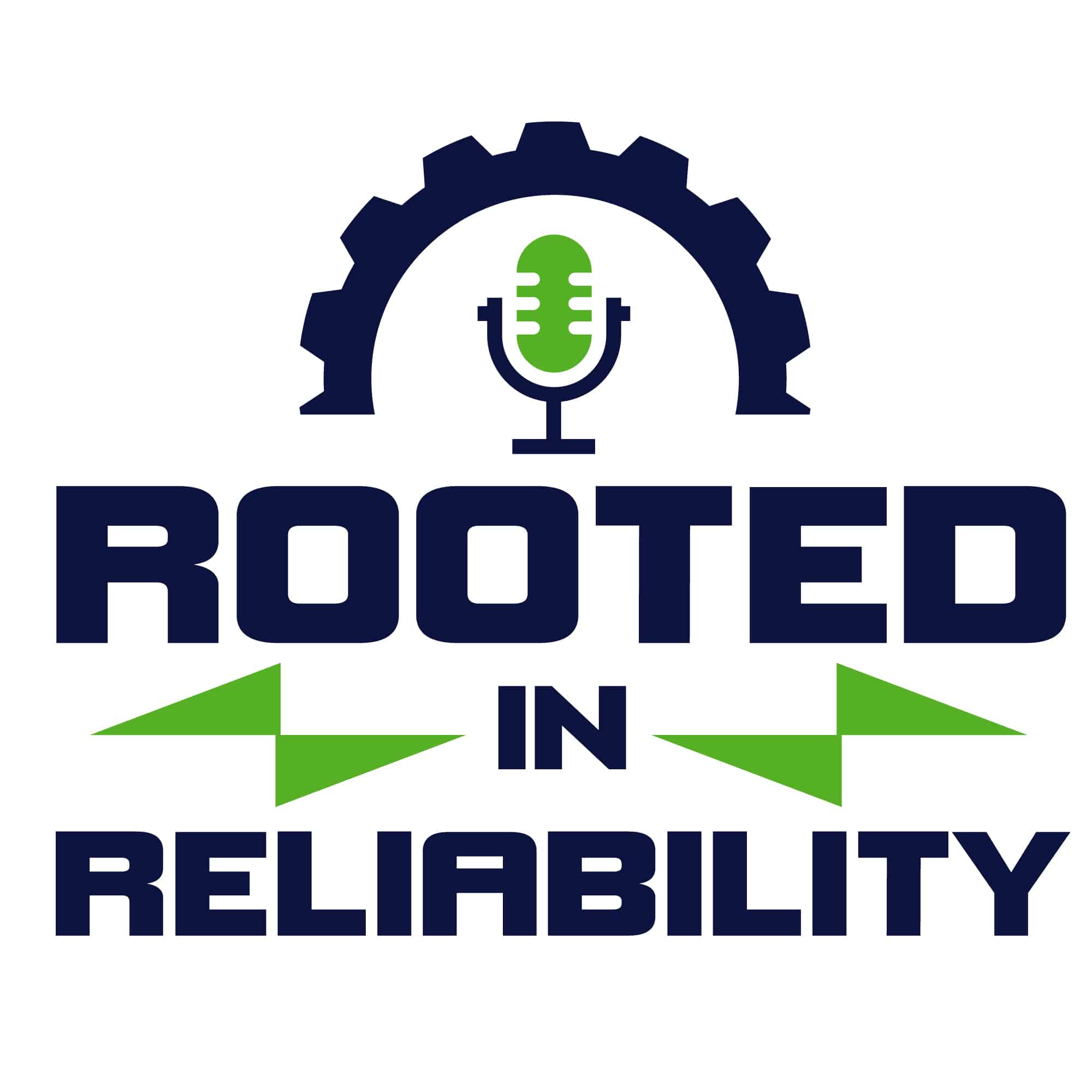
Life Cycle Costing with Paul Daoust
It’s a pleasure for me to have Paul Daoust back again to talk about life cycle costing. Paul is the founder of Scio Asset Management, with over 25 years of experience in the asset management field. He also sits on the board of directors at PEMAC.
Together, we’ll be taking a closer look at:
- What life cycle costing is and why it’s necessary
- Formulas for calculating it
- Who’s in charge of the process
- How to get management to approve the initial investment necessary
What is life cycle costing?
Life cycle costing is doing the right things for the asset. That’s so that it can perform at the desired level for its entire life cycle. It’s a systematic practice of making the best run, repair, and replacement decisions across that life cycle. As such, it falls under asset management’s 39 subject areas.
Why do we need life cycle costing?
For new assets, you can pick any available solution. But, you should keep in mind that these decisions form the baseline. That’s because, at this stage, they make up to 85% of the total life cycle cost.
Another aspect is the total investment of CapEx and OpEx, also called the TotEx. 80% of it is in the O&M phase for things like routine maintenance and sustaining capital. Ideal initial investment decisions set the foundation for ongoing choices. These include areas related to run, repair, and replacement during the O&M phase.
How to determine the life cycle cost
Organizations always seek out industry best practices. With life cycle costing, only the very best practices will help your organization. Life cycle costing aims to optimize the decisions made. But what are you optimizing? Variables such as cost and timing are worth considering. Whatever the criteria, always look to optimize what matters to the organization.
Some people can’t adequately manage uncertainty and complexity within a company. But with structured and scientific methods laid out, it all becomes more manageable. But most practitioners rely on single-point estimates. It’s easier, but it’s also limited.
You need more effort to make better decisions. Better doesn’t mean investing more time, energy, or resources. It simply boils down to making better quality decisions. Though not every decision will work out. But you’ll see a significant uptick on your overall performance.
Process for doing life cycle costing
A process is necessary, but it doesn’t have to be too expansive. It’s not a long series of standards and procedures. There are tools available, but you need to know what you consider as good. You need to start with stable problem solving and decision making. For this, you’ll need the A3 format. But when it comes to the life cycle analysis, tools like Excel are necessary. You can use it to map your inputs, assumptions, constraints, and outputs. But you need to be intentional about how you choose to define your problem. How you want to assess the life cycle cost also counts.
You can then perform sensitivities since you have a range of inputs. These result in a variety of outputs, helping you understand your level of confidence in whether you’re making the right decision. You’ll also know whether you need to change the variables for different outcomes. Another plus is that you’ll know which variables are most important. Learning these competencies makes people better able to assess these conditions of uncertainty.
Who’s responsible for doing life cycle costing analysis?
One or more technical subject experts could feature in doing the analysis. They must be qualified and experienced to perform these duties. By using quantitative tools and techniques, they’ll get the necessary competencies. That comes when you’re looking to manage some of the inputs and doing the analysis.
There’s, however, a role for the decision-maker to perform some quality assurance. This will be on the inputs and the uncertainties around those inputs. You can’t make a risk-based decision without understanding your tolerance for risks. So the technical person can’t, and shouldn’t set that tolerance. The leadership should set the tolerance based on the risk the company can take. Thus, the leader needs to have insight into the model itself.
In general, 80% of the work needs to happen by competent subject matter experts. The remaining 20% falls on leadership. Depending on the nature of the life cycle cost analysis, you can have a team carry it out.
When should you do a life cycle cost analysis?
You can look at this in two ways:
- You’d like it done on all your critical assets. That’s because these could majorly impact your reliability performance.
- You can have it done on anything that comes up. But, you need a system for finding the problems and risks you care about managing.
- Include it in your medium or long term business process. That way, you have a fixed timeframe for analysis.
To do these types of assessments, you’ll get data from the following sources:
- Yourself – Your involvement in the field means you’re continually acquiring useful data.
- Subject matter experts – Their experience means they’re aware of the necessary data
How do you get leadership to see the advantage of substantial initial investment for long term results?
For starters, you need to look at the leader as a person with a goal in mind. With a new asset, optimizing the cost across the entire life cycle could serve as an incentive. For leaders looking at the capital price, try to show how spending more upfront could reduce high costs later.
Another method is using constraints. By using mathematical formulas, you’ll bring out the company’s constraints. You could get the leaders to challenge these constraints. That could be by showing the value gained or lost by working on or ignoring a limitation.
What brings about success with life cycle cost analysis?
You need to become comfortable working under uncertain conditions. Douglas Hubbard once said, “The proper way to express an uncertainty is the answer.” That’s the basis of single-point estimates. So ensure you understand the uncertainty you’re dealing with. It also counts when you’re looking to make the right decisions. Quantify your uncertainty.
Research has shown the following measures help to reduce the time and effort necessary for successful results. These are:
- Choosing to use quantitative methods and tools play a significant role in decision making
- By combining other similar practices within the organization, you can improve on the cost of service. This is while maintaining the expected risk levels
- Consistency with the chosen method also brings about successful results
Eruditio Links:
Paul Doast Links:
- Scioam.com
- GFMAM.org
- Asset Management Landscape from GFMAM
- Operational Risk Management Framework with Paul Daoust
- Asset Effectiveness Model with Paul Daoust
- DIKDAR with Paul Daoust
- PEMAC.org
- Paul Daoust Linkedin
- Hubbard Risk Management Books

Rooted In Reliability podcast is a proud member of Reliability.fm network. We encourage you to please rate and review this podcast on iTunes and Stitcher. It ensures the podcast stays relevant and is easy to find by like-minded professionals. It is only with your ratings and reviews that the Rooted In Reliability podcast can continue to grow. Thank you for providing the small but critical support for the Rooted In Reliability podcast!
Leave a Reply